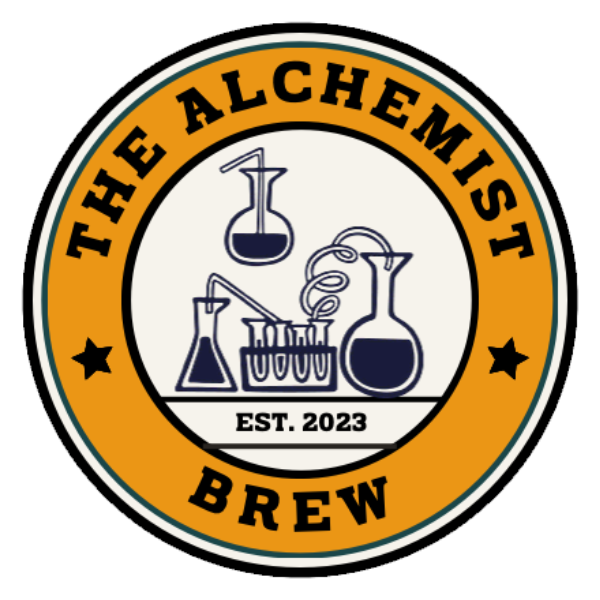Distilling spirits involves a complex and precise process that requires various tools and instruments to ensure the quality and consistency of the final product. Two of the most commonly used instruments in the distilling process are the alcometer and the hydrometer. While both instruments are used to measure the alcohol content of spirits, there are some key differences between the two.
A hydrometer is a device that measures the specific gravity or density of a liquid. In the context of distilling spirits, a hydrometer is used to measure the density of the liquid before and after fermentation. During the fermentation process, the density of the liquid changes as the alcohol content increases. By measuring the density at different stages of the fermentation process, a distiller can determine the alcohol content of the liquid. The hydrometer is often used to measure the sugar content of the wash before it is fermented. By measuring the specific gravity before fermentation and again after, a distiller can determine the sugar content that has been turned into alcohol.
The hydrometer measures the density of the liquid by floating in the liquid. The amount of the hydrometer that is submerged in the liquid is proportional to the density of the liquid. The distiller reads the hydrometer by looking at the scale on the hydrometer that is above the surface of the liquid. This scale provides a reading that can be used to determine the alcohol content of the liquid.
An alcometer, on the other hand, is a device that is specifically designed to measure the alcohol content of a liquid. Unlike a hydrometer, which measures the density of the liquid, an alcometer directly measures the percentage of alcohol in the liquid. This makes it a more accurate and precise tool for determining the alcohol content of distilled spirits.
The alcometer is also a floating instrument that is placed in the liquid. It is calibrated to provide a reading that directly indicates the percentage of alcohol in the liquid. This reading is obtained by comparing the level of the alcometer in the liquid to a scale on the alcometer.
In summary, while both instruments are used to measure the alcohol content of distilled spirits, a hydrometer measures the density of the liquid, which can be used to determine the alcohol content, while an alcometer directly measures the percentage of alcohol in the liquid. Both instruments are important tools in the distilling process and are used to ensure the quality and consistency of the final product. Distillers use hydrometers to determine sugar content before fermentation and determine alcohol content post-fermentation. Alcometers, however, are specifically designed to determine alcohol content post-distillation.




